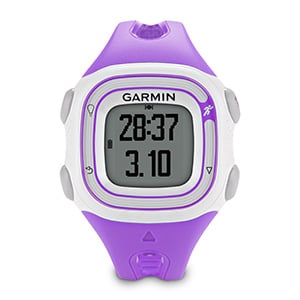12605
« on: December 22, 2015, 11:56:55 pm »
regardless of aches/injuries/sleep, body felt so loose/light this morning.. those holds I did last night had an effect.
12/22/2015
Bio: Morning
sleep = 6 hours (HORRIBLE.. probably fell asleep around 3, couldn't sleep)
wakeup = 9 AM
bw = 157 lb
morning resting heart rate = didn't measure
soreness = upper back, abdominals (very sore), calves, hamstrings
aches = left hamstring tendon (BLEH!, I think that warmup before yesterday's run tweaked it a little)
injuries = some toe nails
Food
- 1 x greek yogurt
Session: Morning
- 1 hour tennis
- just hit, hit good
Food
- 1 x gatorade
- 1 x greek yogurt
Recovery: Nap
- 1 hour
Food
- 1 x gatorade with 1 tspn salt
Session: Evening
raining out
run:
- ~6.5 mi
- ~1 hour
- slow/moderate
- worked on stride frequency without power, because sidewalks were wet.. but really worked on turning over my legs, more of a drill.. soo fast strides but not going too far heh.
- towards the end I hit some good sidewalk and put more power into it, felt good
both achilles, hamstrings a little achy.
Bio: Evening
bw = 154 lb
soreness = same as earlier + hamstrings, glutes
aches = ankles/achilles, right hamstring tendon
left hamstring tendon feels better.
Food
- 1 x grape fruit juice
- 4 eggs sandwich on wheat with shredded parmesan cheese
- some veggie stir fry: brussels sprouts, potatoes, asparagus, carrots, mushrooms
- 6 x small chocolates
Food
- 3 x small chocolates
Throughout the day:
- long holds: standing hip flexor, standing ham string, standing adductors (submax split), kneeling, low squat, glute/ext rot, lats
going to step up my bodyweight exercise game.. I really want to play around more with resistance, instead of just lifting.. that's what I wanted to do initially but drifted away from it. I'll probably do some very short sprints (~5-10 strides) mixed in with BW stuff at this park which has some 'bar equipment'.
also, didn't lie down or sit down much today.. stayed standing (standing desk etc).. also did some stretch/holds while standing, stuff I can hold for a long time.... feeling it a bit, tendons/muscle a bit achy.. feel loose though.
going to keep that up ^^ for a few weeks.. see what happens.
gn!


